In a groundbreaking discovery, archaeologists excavating Kruger Cave in South Africa have identified what may be the oldest confirmed multi-component arrow poison in the world, dating back 7,000 years. The femur bone of an unspecified antelope, found during a 1983 excavation, contained three modified bone arrowheads embedded in its marrow cavity.
After lying in storage at the University of the Witwatersrand for nearly four decades, renewed archaeological investigations in 2022 prompted scientists to re-examine the femur and its contents. A team from the University of Johannesburg, led by Associate professor Justin Bradfield focused on organic materials, conducted a detailed analysis of the chemical matrix surrounding the arrowheads.
The research revealed a complex recipe combining at least two toxic plant ingredients, including cardiac glycosides known to disrupt heart function. Notably, digitoxin and strophanthidin were identified, alongside ricinoleic acid, a by-product of the toxic lectin ricin. The presence of these compounds suggests that ancient peoples were adept at mixing various plant toxins to create effective hunting poisons.
Interestingly, none of the plant species containing these toxins are native to the Kruger Cave area, indicating that the ingredients may have been sourced from distant locations or through established trade networks. This finding challenges previous assumptions about the movement of non-domestic plants in southern Africa during this period.
Recent findings have revealed that the long-distance transport of non-domestic plants in Africa may have occurred much earlier than previously thought. While researchers have long known that the transport of seashells as ornaments and currency was common throughout the continent well before 7,000 years ago, the movement of non-native plants at such an early date was unexpected.
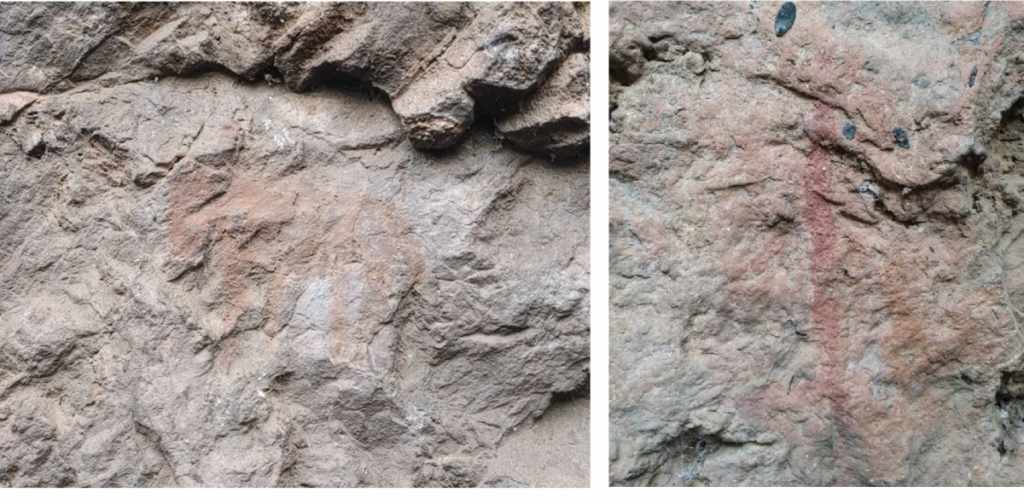
This discovery highlights the advanced knowledge of ancient peoples regarding plant acquisition and usage. The ability to identify which plants to gather, where to locate them, and how to utilize them effectively underscores the depth of traditional pharmacological knowledge systems that have existed for millennia. This insight not only reshapes our understanding of ancient trade practices but also emphasizes the sophistication of early human societies in their interactions with the natural world.
The study also highlights the significance of traditional pharmacological knowledge among ancient populations, as well as the potential of archaeobotany and organic chemistry to enhance our understanding of historical practices. The ability to create complex recipes for poisons, adhesives, and medicines reflects advanced cognitive capacities of the makers.
This discovery adds to the growing body of evidence regarding the use of poisons in hunting technology, which has been documented across various cultures worldwide. The findings at Kruger Cave illuminate ancient hunting practices while also demonstrating the advanced understanding of natural resource utilization by early human societies.
Bradfield, J., Dubery, I. A., & Steenkamp, P. A. (2024). A 7,000-year-old multi-component arrow poison from Kruger Cave, South Africa. iScience, 27(12), 111438. doi:10.1016/j.isci.2024.111438

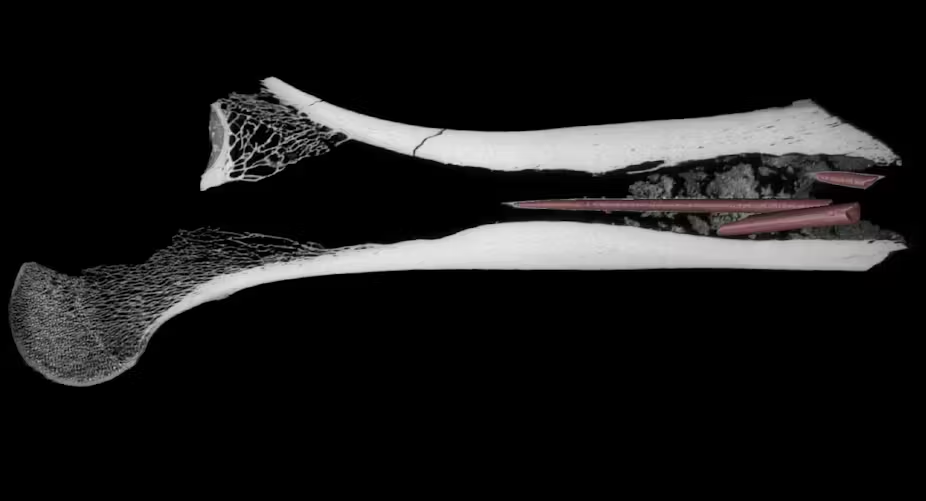
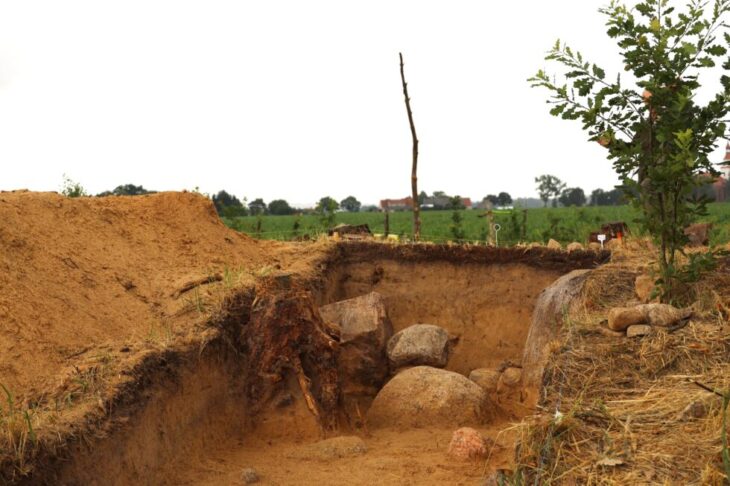



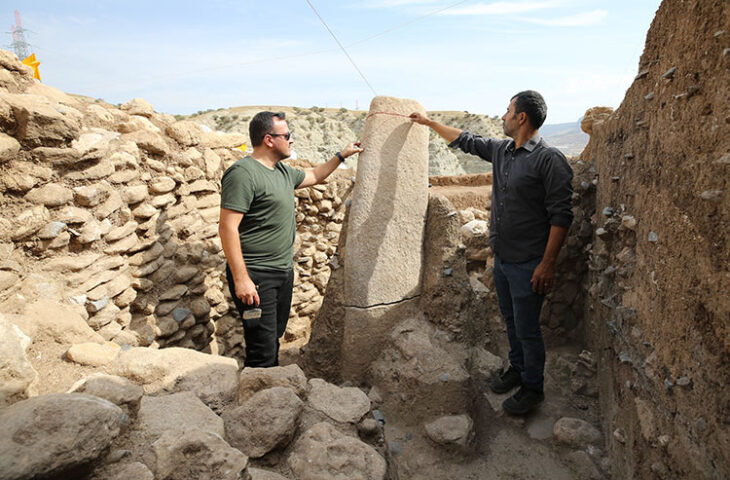



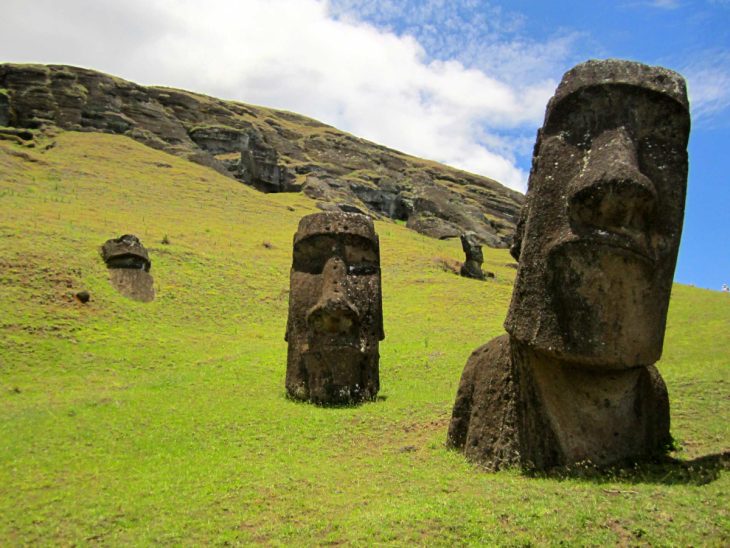



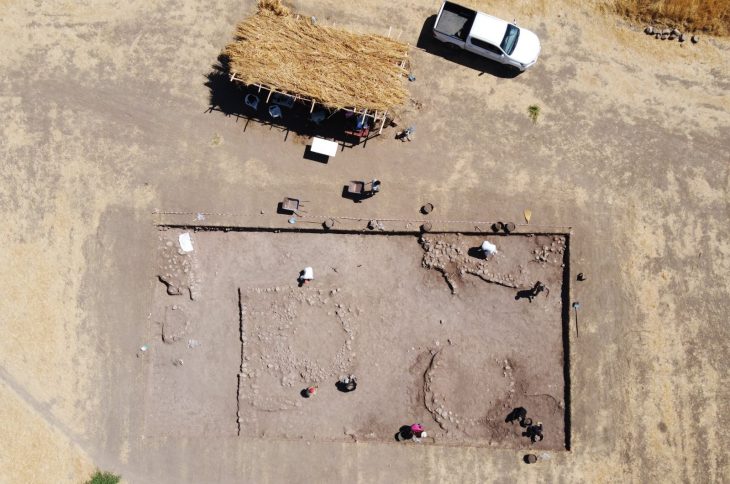

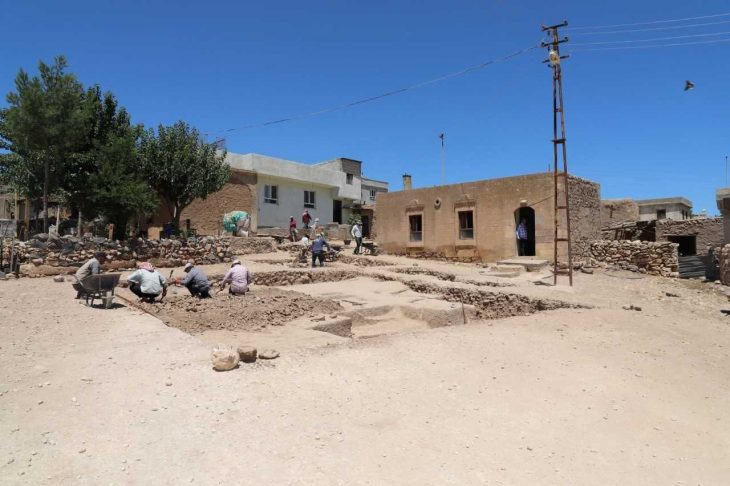
These three toxins from native African plants being in use as a poison isn’t shocking in the least. Africa’s climate has changed over time, as have the civilizations that developed there. One thing that hasn’t changed? Our ability to underestimate our ancestors knowledge, ingenuity, culture and wide ranging travels.
All three of these plants are easily grown from seed, widely adapted to a variety of climate variation. Castor and Foxglove are seen in gardens all over the world. Strophanthus is a bit finicky to grow, needing humidity and warm conditions, but they grow from Equatorial Africa and as far South as South Africa.
South Africa is the perfect place to grow these three native African plants.
If you want an example of how fast plant seeds of high value can travel. The hot peppers of the America’s have been an integral part of Chinese cuisine for at least 400 years. But it is entirely possible that Chinese ships were trading in the America’s far earlier than Columbus It is a form of conceit that we assume we are the only humans with intellectual curiosity. and the desire to act that curiosity. It is evident to me that intellectual curiosity is fading in the modern world, we are no longer who humans have always been; the most curious and innovative of all animals.